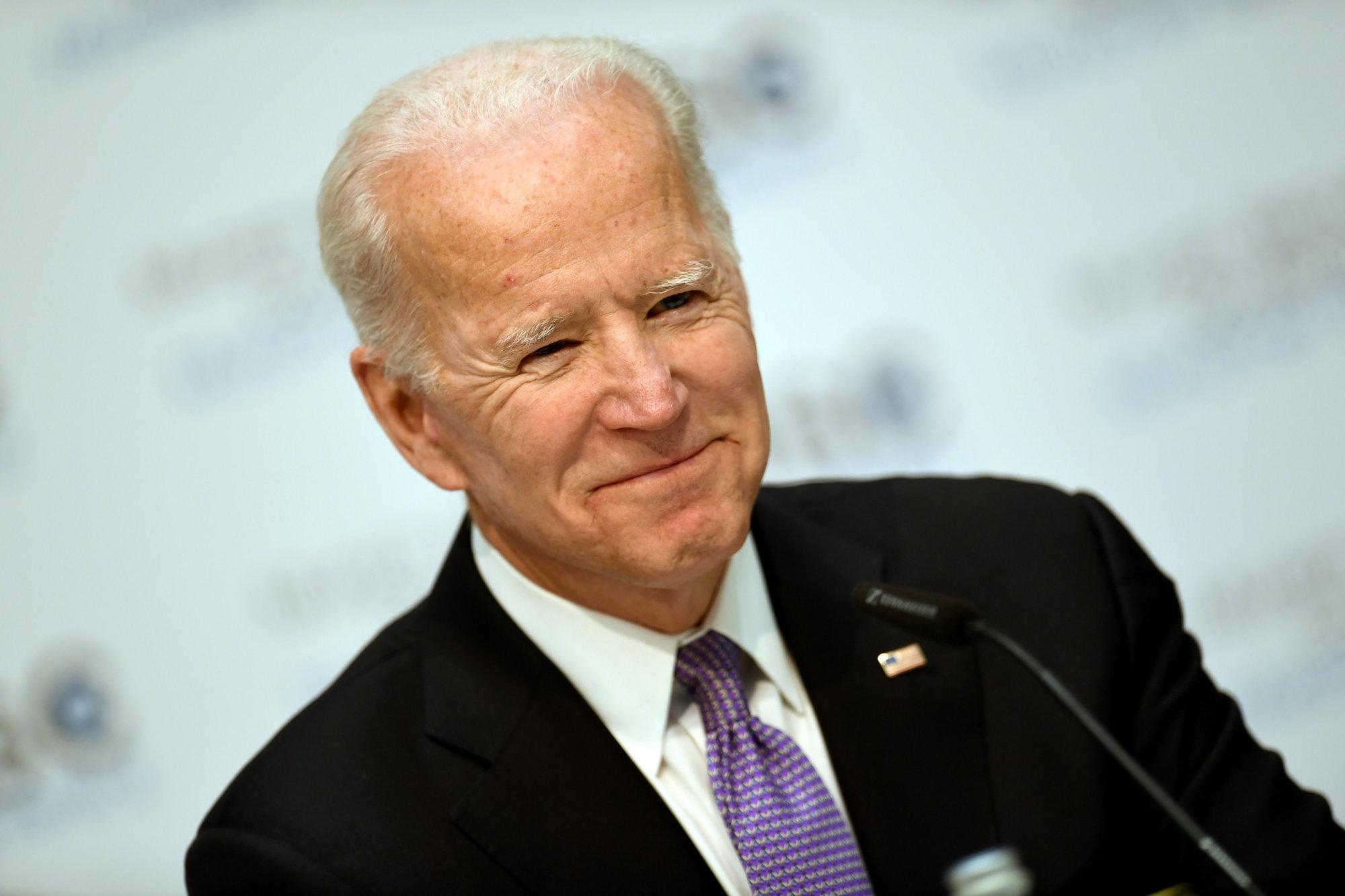
Sarah Dass
Contributing Writer
As of Nov. 7, Joseph Biden and Kamala Harris won the 2020 presidential election.
This announcement called for celebration and disappointment alike all over the country.
But what does this presidency mean for the future of education?
Firstly, Biden claims that he will “invest in all children from birth, so that regardless of their zip code, parents’ income, race, or disability, they are prepared to succeed,” according to Joebiden.com.
He plans to do this by increasing Title I funding, which is an act that gives financial support to schools that have a majority of students coming from low-income households.
This fund increase is to ensure that Title I educators are being paid appropriately, that three to four-year old children have the opportunity to attend preschool, and to ensure that all school districts produce adequate and challenging coursework.
Aside from funding, Biden’s website also claims that he would increase teacher diversity by openly recruiting/hiring more teachers of color by stating, “Research shows us the substantial and unique impact that teachers of color have on students of color. For example, for black students, having just one black teacher in elementary school reduces the probability of dropping out.”
Additionally, the idea of building “the best, most innovative schools in the country in low-income communities and communities of color,” according to his website.
The goal of these schools would be to create an environment that prepares students for the workforce, using tools such as “problem-solving, collaboration, and technical skills.”
As for education beyond high school, Biden proposes large plans in comparison to his predecessor.
First and foremost, Biden plans to provide “two years of community college or other high-quality training program without debt for any hard-working individual,” according to his website.
This idea is very familiar to the U.S. seeing as the Obama administration had proposed the same thing.
Biden’s plan details that hard-working individuals and DREAMers have the opportunity to attend a community college for two years without having to pay tuition.
Another huge proposal that Biden is promising is the decision to make “colleges and universities tuition-free for all families with incomes below $125,000,” according to Joe Biden’s website.
This exclusively includes public colleges and universities as well as HBCU schools, Historically Black Colleges and Universities, and MSI schools, minority-serving institutions.
This plan was directly inspired by Senator Bernie Sanders and Congresswoman Pramila Jayapal, as it is part of their College for All Act of 2017. Joe Biden’s website states that this plan alone will help eight of every ten families.
Biden plans to increase financial support to these families by also “doubling the maximum value of Pell Grants,” which is a program that largely provides funds for students pursuing their first bachelor’s degree, upon financial need.
“A level of investment experts say is necessary to close the gap between the rich and poor…and will automatically increase the value based on inflation,” the website states.
Financial aid is a term that most college students are all too familiar with. Many students have taken out an absurd amount of loans just to be able to attend classes.
What does Biden have planned for the Student Debt Crisis?
According to Forbes.com, Biden has confirmed that he will eliminate student debt for those who attended a public university and came from a household that makes less than $125,000.
“You get all these degrees and get all this debt, and you get in a position where you can’t get a job because no one is hiring, or they’re hiring at very low wages,” Biden said on Oct. 6, 2020 at a town hall meeting.
This was in response to a young adult’s concerns over the Student Debt Crisis, and Biden also mentioned in a response for the inconvenience that the pandemic has caused economically, “I’m going to make sure everyone gets $10,000 knocked off their student debt.”
Email Sarah at:
sdass@live.esu.edu

